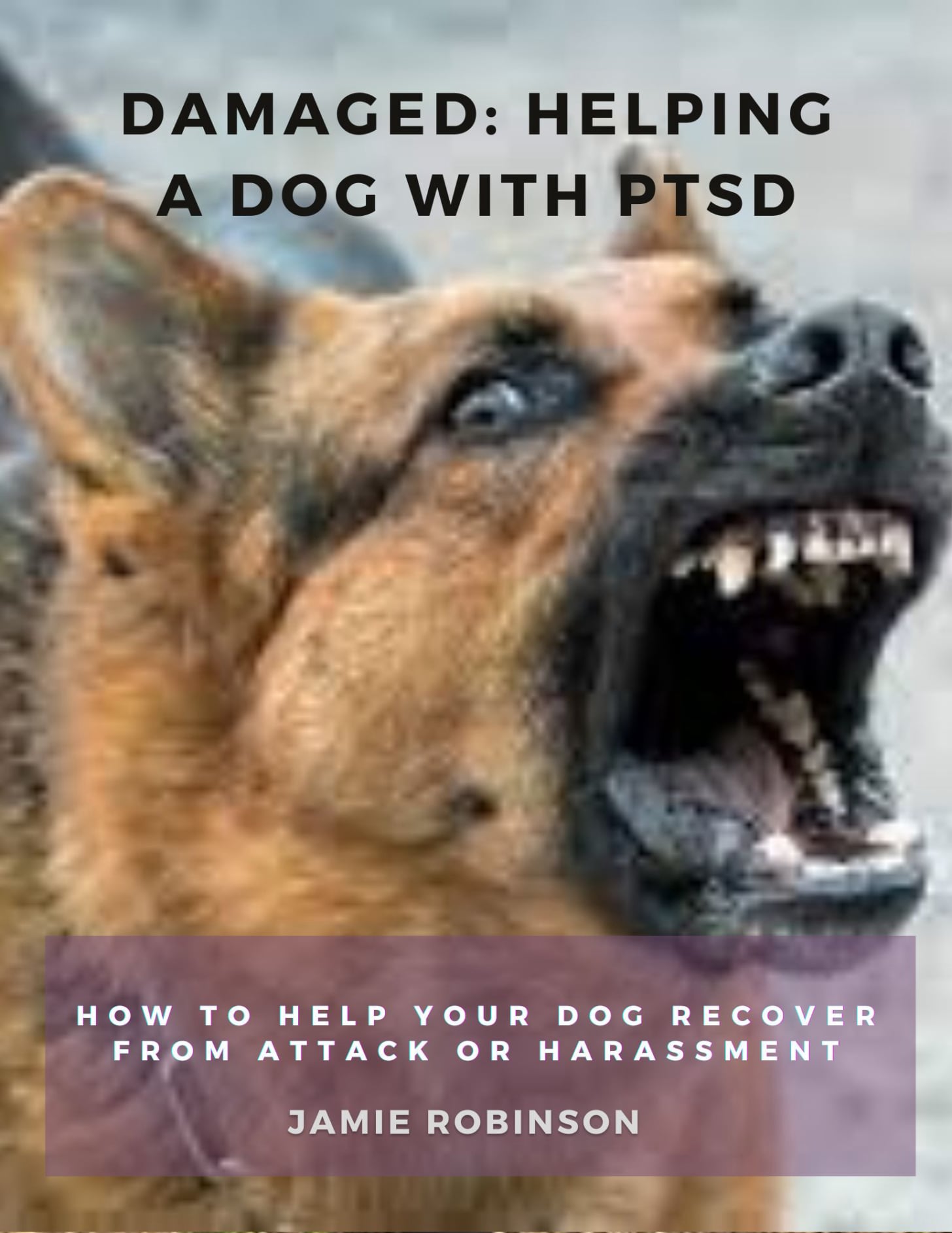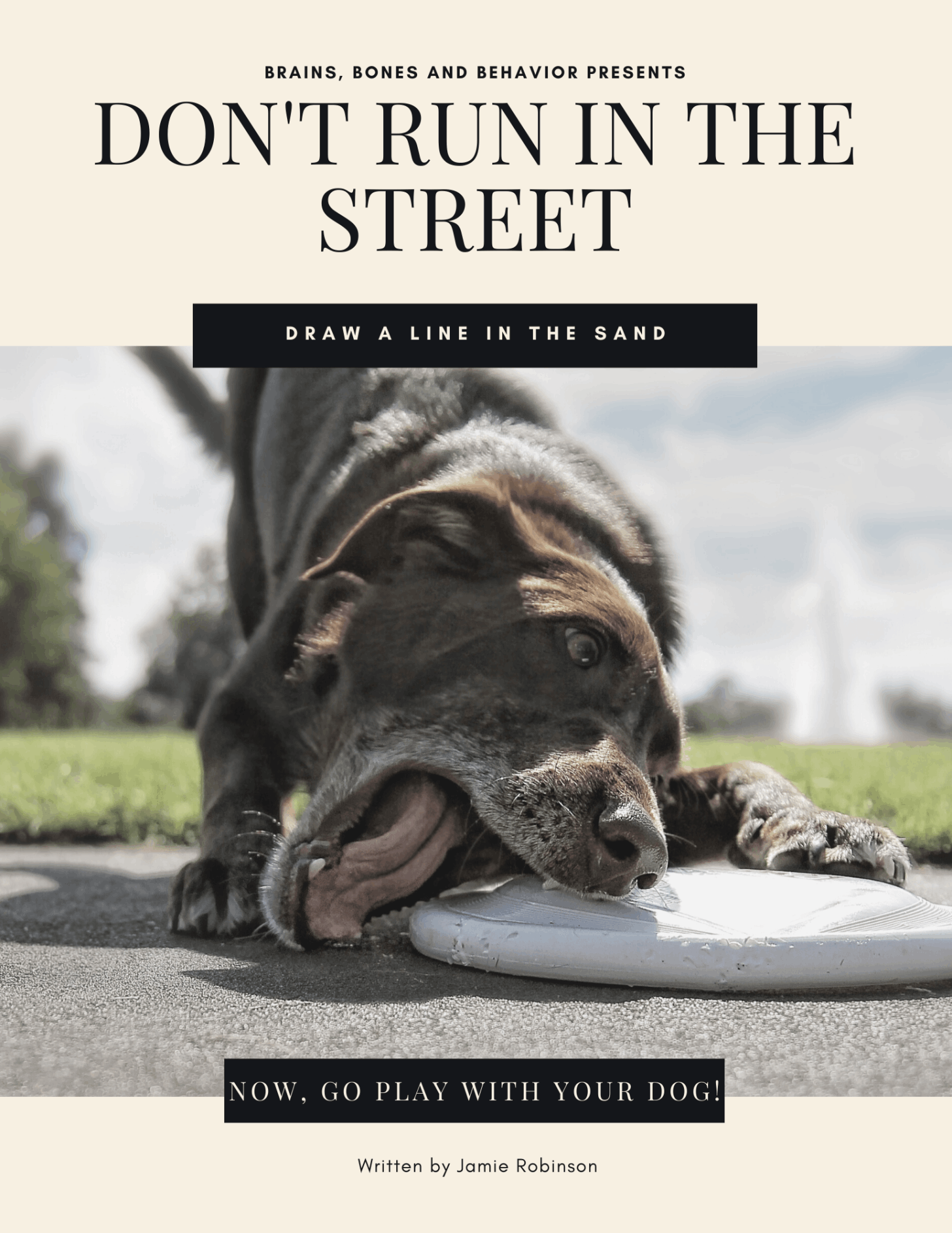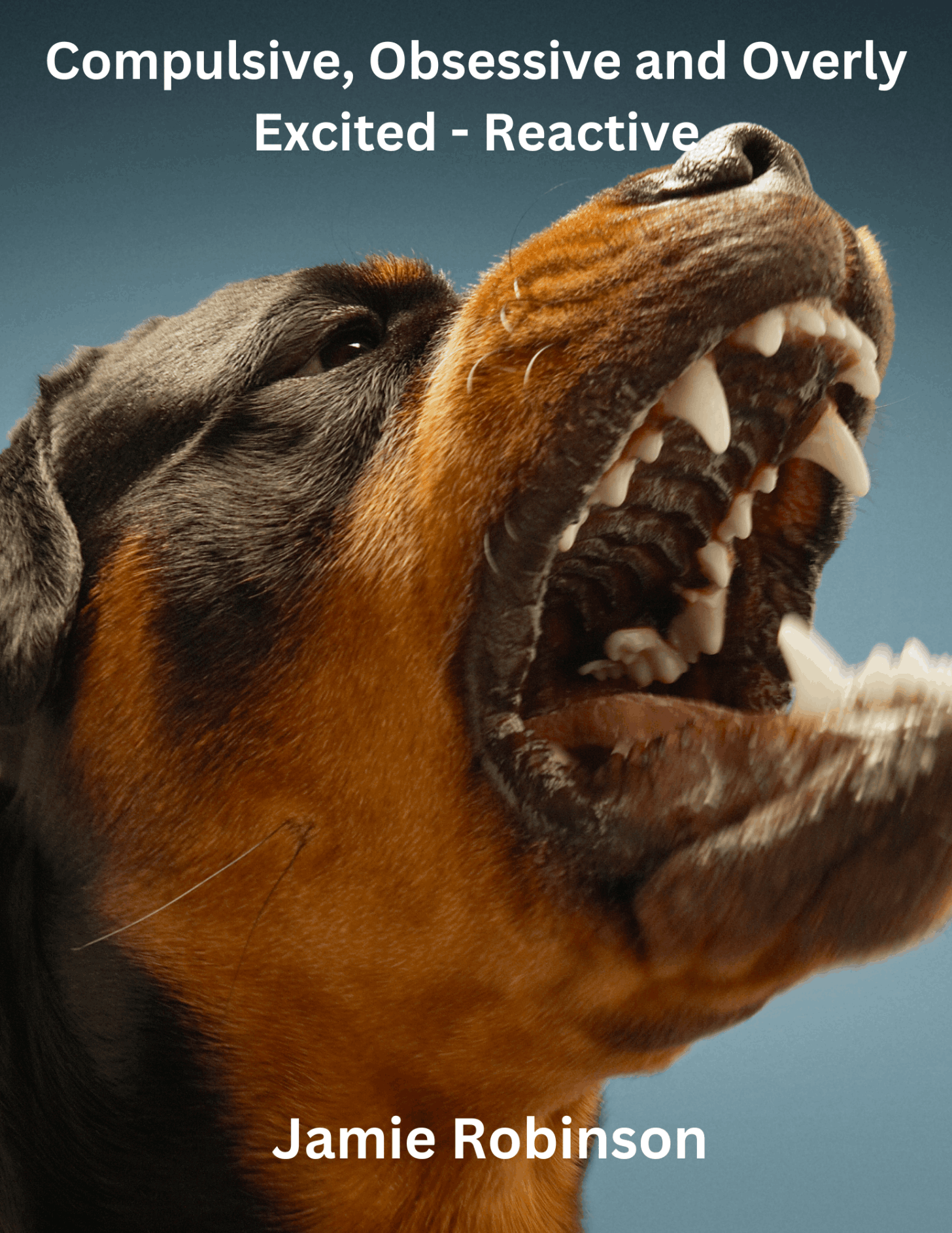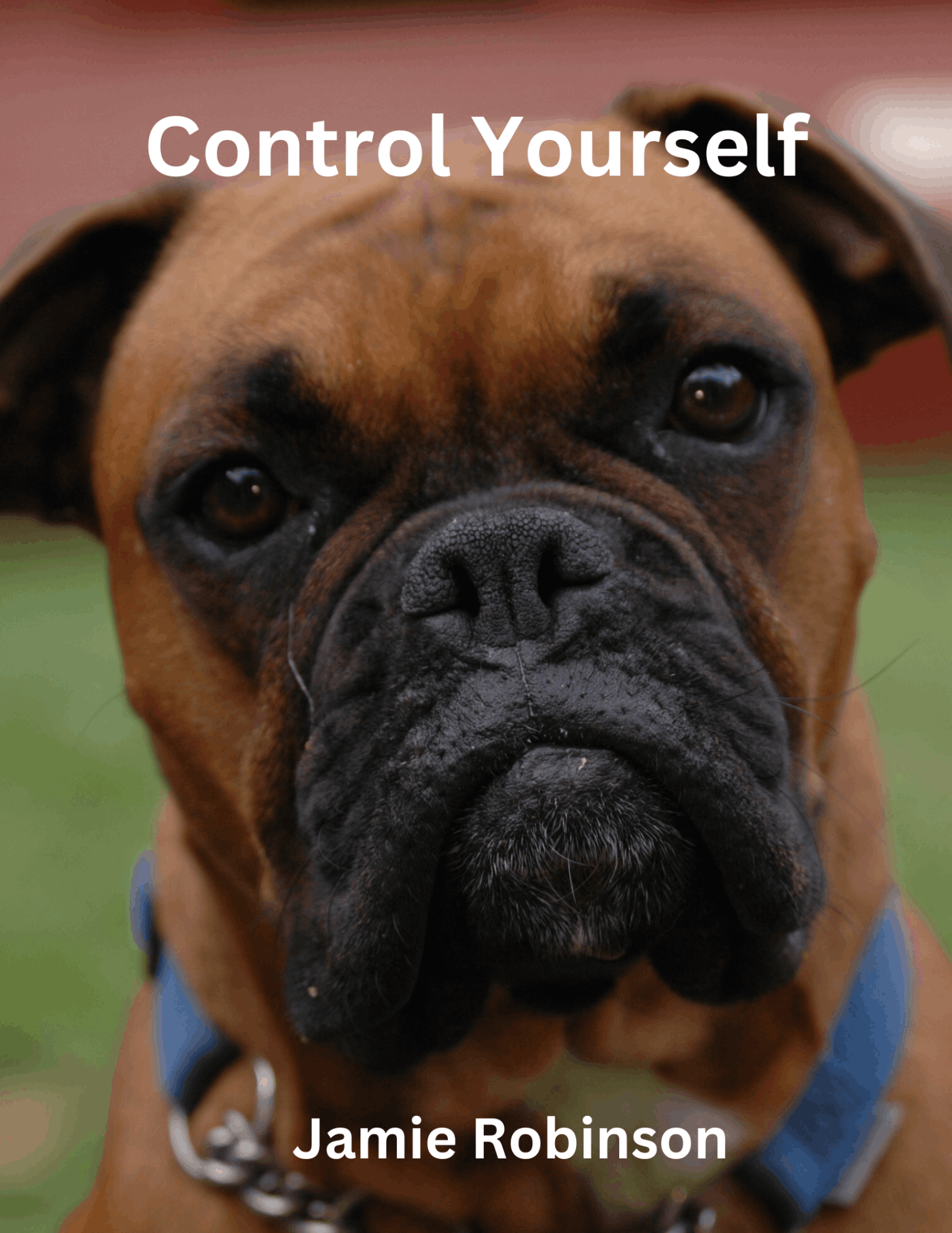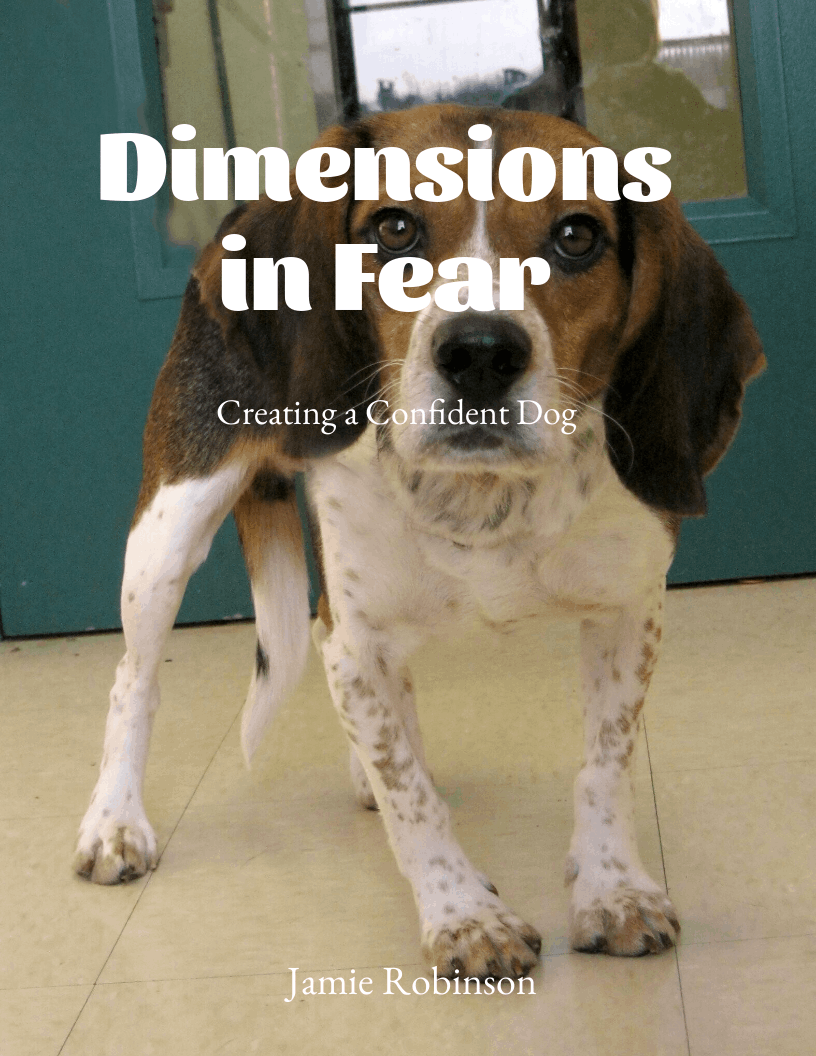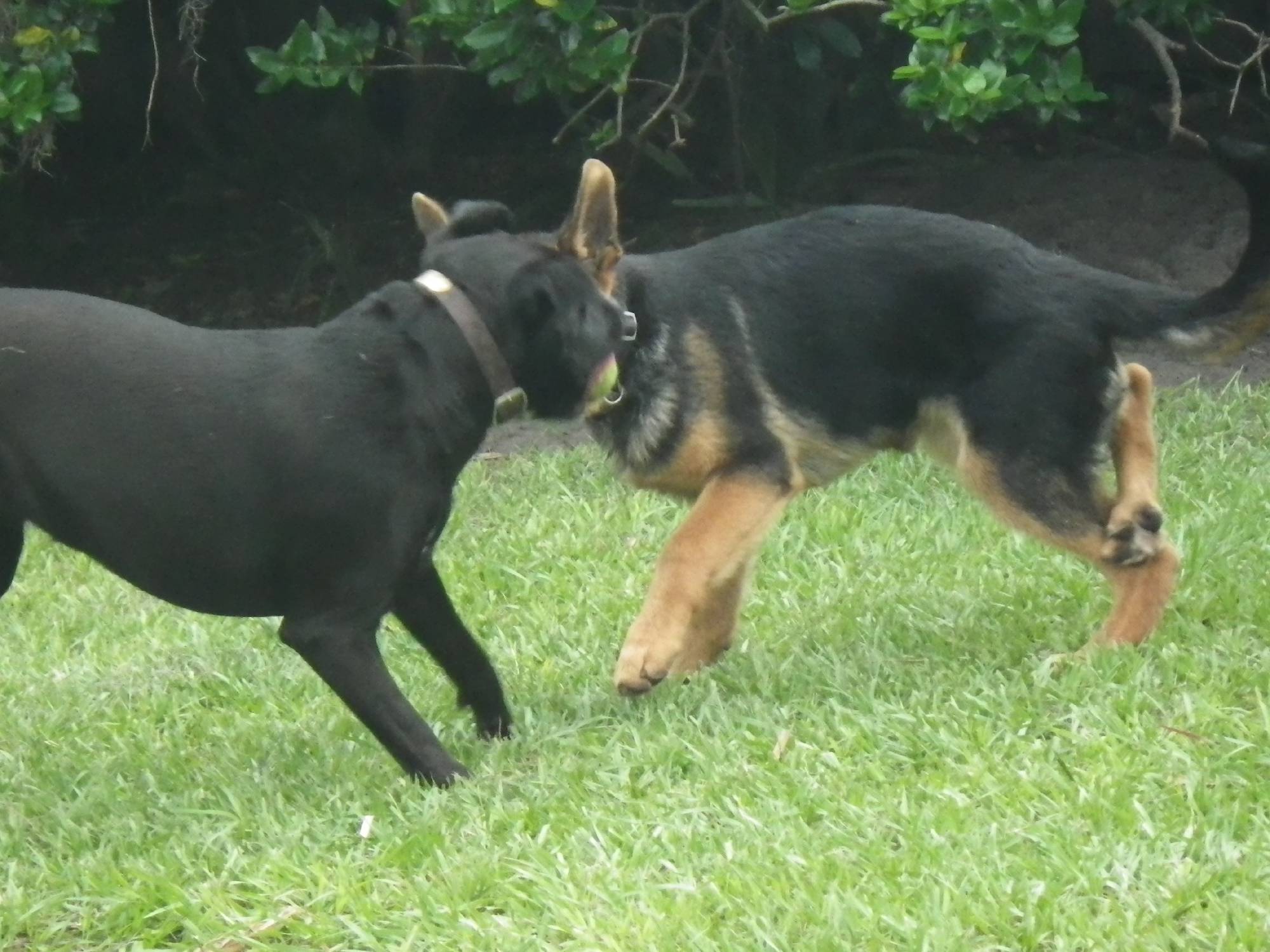
Behavior Issues
This is a positive training solution for teaching, reinforcing and inspiring real world manners in your dog. The techniques are designed to reward and motivate not only your dog, but you and whoever assists you. No matter how many human or canine members you have in your household, you can enjoy playing the games in each program and teach your dog how to live in your world at the same time.
